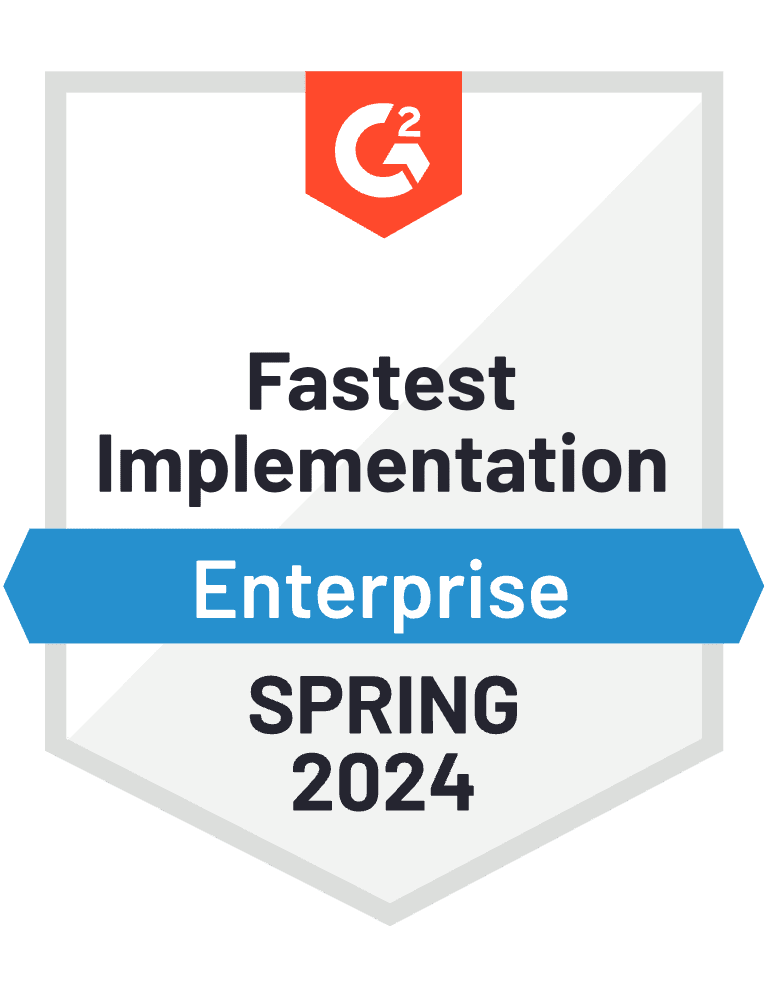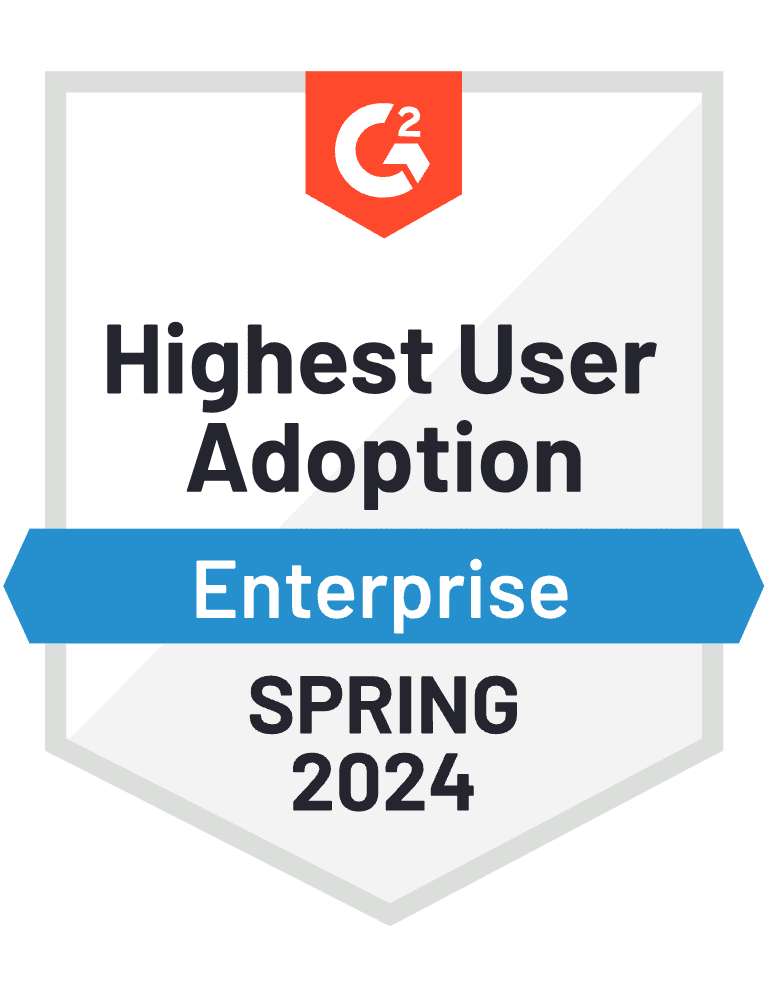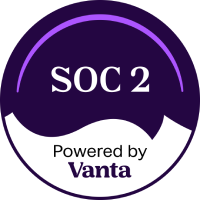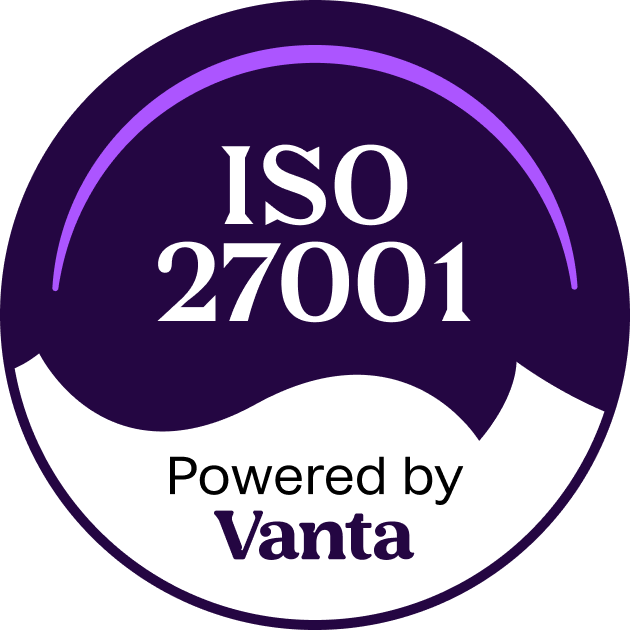Understanding the Request for proposal (RFP) response lifecycle is crucial for crafting a compelling and successful proposal.
Essentially, the response lifecycle is a structured process that guides organizations through the various phases of responding to a client’s RFP, from initial review and proposal development to submission and post-submission activities.
In this guide, we’ll walk you through each phase of the lifecycle, offering valuable insights and best practices along the way.
Phase 1: Pre-RFP Release
Understanding Business Needs
Before an RFP is even released, it’s essential to have a clear understanding of your business needs. Knowing what problems you can solve and what value you can add to a prospective client will guide your entire proposal process. This clarity will enable you to respond more effectively to the specific demands of the RFP.
Team Formation
Assemble a proposal team with diverse skill sets, ideally including subject matter experts, writers, and financial analysts. This level of synergy will be instrumental in crafting a compelling proposal. A well-rounded team can address various aspects of the proposal, ensuring a comprehensive and persuasive submission.
Research
Conduct market research to understand your competition and the needs of your potential client. This will help you tailor your proposal to stand out from the rest. Being informed about the market landscape can give you a competitive edge in your proposal.
Phase 2: RFP Release & Review
Initial Review
Once the RFP is released, conduct an initial review to understand its scope, requirements, and deadlines. This will help you decide whether to bid on the project. A thorough review can also help you identify any potential challenges or roadblocks early on.
Compliance Check
Ensure that your organization can meet all the requirements outlined in the RFP. Non-compliance is a surefire way to get your proposal disqualified. A compliance checklist can be a useful tool to ensure that you meet all the criteria.
Bid/No-Bid Decision
Based on your initial review and compliance check, make a bid/no-bid decision. Consider factors like resource availability, alignment with business goals, and the likelihood of winning. This decision is crucial, as it determines whether you proceed with the proposal or focus your efforts elsewhere.
Phase 3: Proposal Development
Outline Creation
Create a proposal outline that addresses each requirement and question in the RFP. This will serve as the blueprint for your proposal. A well-structured outline ensures that you cover all the bases and don’t miss any critical points.
Content Development
Start filling in the outline with compelling content. Use clear language, concrete examples, and persuasive arguments to make your case. Quality content can make or break your proposal, so invest the time to get it right.
Review Cycles
Conduct multiple review cycles to ensure the quality and compliance of your proposal. Involve different team members in each review to get diverse perspectives. These reviews act as safety nets, catching any errors or inconsistencies before submission.
Phase 4: Proposal Submission
Final Review
Before submitting, conduct a final review to catch any errors or omissions. Make sure all documents are formatted correctly and all required attachments are included. This final check is your last opportunity to ensure that your proposal is flawless.
Submission Procedures
Follow the submission guidelines to the letter. Whether it’s via email, an online portal, or hard copy, make sure your proposal is submitted before the deadline. Timely submission not only meets the RFP requirements but also reflects your professionalism.
Documentation
Keep copies of all submitted materials for future reference and possible audits. Proper documentation can also serve as a valuable resource for preparing future proposals.
Phase 5: Post-Submission
Q&A and Clarifications
Be prepared to answer questions or provide clarifications after the proposal is submitted. Prompt and accurate responses can make a significant difference. This phase is an opportunity to reinforce your proposal’s strengths and address any concerns the client may have.
Presentation & Negotiation
If required, prepare for a presentation or negotiation round. This is your chance to further convince the client of your capabilities. A strong presentation can be the deciding factor in winning the contract.
Contract Award
Win or lose, learn from the experience. If you win, celebrate and prepare for project initiation. If you lose, seek feedback to improve future proposals. Either outcome provides valuable lessons that can help you refine your RFP response process.
Sealing The Deal
Understanding and effectively managing each phase of the RFP response lifecycle is crucial for proposal success. From pre-RFP preparations to post-submission activities, each step plays a vital role in securing a contract.
Start implementing these best practices today for a higher chance of success in your future proposals. Your next big contract win could be just one well-crafted proposal away.






